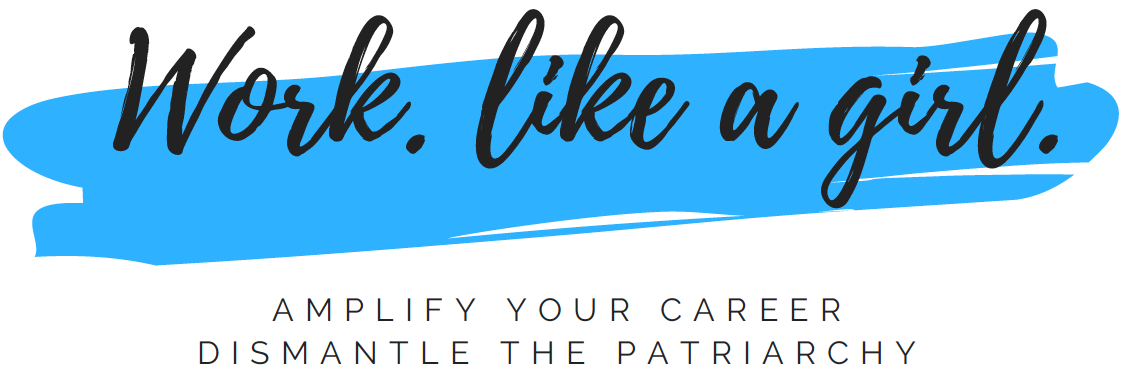The reviews have been mixed on subconscious bias training and the impact it has on reducing bias.
At the same time, our country is diverse, and becoming more so every day. By 2044, the United States is projected to become a “majority minority” nation, meaning that no one race will have the majority. A number of cities have already reached this threshold, with LA being the first back in 1990. Women are earning more college degrees, and more Masters degrees. Women currently comprise 52% of the professional workforce.
America has always taken pride in being diverse. But that doesn’t mean that welcoming and including individuals of every background has always been easy. Enter: subconscious bias training.
In an effort to integrate and include at work, many companies hold subconscious bias training as a a part of continuing education, on boarding, or leadership training. But in 2016, a study from Harvard University found that subconscious bias training can actually backfire, exacerbating bias and stereotypes.
So who’s right? And if subconscious bias training is wrong, how do we create a culture of inclusion?
The Problem
The issue isn’t subconscious bias training itself, but whether it’s done well. Without anticipating, discussing, and previewing the emotional reaction that many individuals have to training, we miss an opportunity to demonstrate what actually needs to be done: have difficult conversations, and be comfortable being uncomfortable.
Sharing data about the experience of a marginalized group, rather than building empathy and practicing active listening, can create “otherness:” you’re different, and that sounds like a problem. Furthermore, for those in the majority, it can provide a “pass:” I learned about you people, so I’m free to say what I want, use slang, and promote stereotypes. It’s an attitude equivalent to: “hey, I hit the gym this morning, so I’m free to eat ice cream for dinner.” And it doesn’t work.
What Does It Look Like?
A quick and dirty training addressing the data alone cannot tackle the long history of bias and stereotypes. It’s a like a band aid over a gunshot wound: it’s never gonna stop the bleeding.
The real goal is not to “solve” bias. The goal is to hold space for our discomfort while engaging in conversations that get to the root of the assumptions we unknowing made years ago.
For example, my friend Lucas was discussing a work situation, and two coworkers who did not get along. He said, “The real problem is Melissa has low self esteem and needs constant reassurance.” The statement shocked me, and I looked at him perplexed, going down the path of my own logic before I burst out laughing.
“What’s so funny?”
“I assumed because Melissa is tall, she couldn’t have low self-esteem.”
He smirked before responding, “That is funny.”
Even teaching subconscious bias, I am still biased. But what I have learned to do is be introspective, looking for the why? behind my thoughts. Even this does not address every issue. For example, in a recent training, a participant pointed out that several of my sides were sexist. In the moment, it was upsetting. If this is what I do for a living, and I’m obvious, what does that say about me? I had a choice. It could say, “I get defensive when confronted and don’t walk my talk.” Or, “I practice what I preach, and when I’m uncomfortable, I pause, consider, and re-assess.” The latter is harder, but I’m happy to say that was the choice I made. And my work product is stronger for it.
What Does Work?
If a one-off training could do more harm than good, then what does work? Subconscious bias training delivered as part of a larger plan to address diversity & inclusion. Here are three avenues to consider, both before and after training:
- Culture. Are inclusion, authenticity, and acceptance part of your organization’s values? And if so, how do you live them? Are they actionable? Taking a serious look at how you value diversity & inclusion, and what else needs to happen is key to ensuring that training is more than entertainment.
- Leadership. As Olivia Pope (and Sir James Porter) once said, “fish rots from the head.” If leadership is not on board, and doesn’t demonstrate the importance of diversity & inclusion at every level of the organization – meaning not merely in hiring but in giving individuals a voice in meetings, providing stretch assignments, mentorship, sponsorship, and opportunity for promotions – than this is all for not.
- After the training, what is your plan for follow through? Are individuals meeting again to discuss how they have implemented the strategies discussed? Are you surveying participants? Are you addressing pain points, which will inevitably arise? Is there common language and an action plan that can be implemented company wide? Change is not made in a day, and again, training without follow through is quick to become entertainment.
Going to the gym once will not create a bodybuilder. An actionable plan takes time, and modification. What works with one team may not work with yours. But the baseline for any new initiative is courage. Not only the courage of conviction, but the courage to get it wrong. Be willing to fail, apologize, and pivot in an effort to move the needle. Resiliency is the dominant muscle to build.

